6 Common Spiders in Melbourne
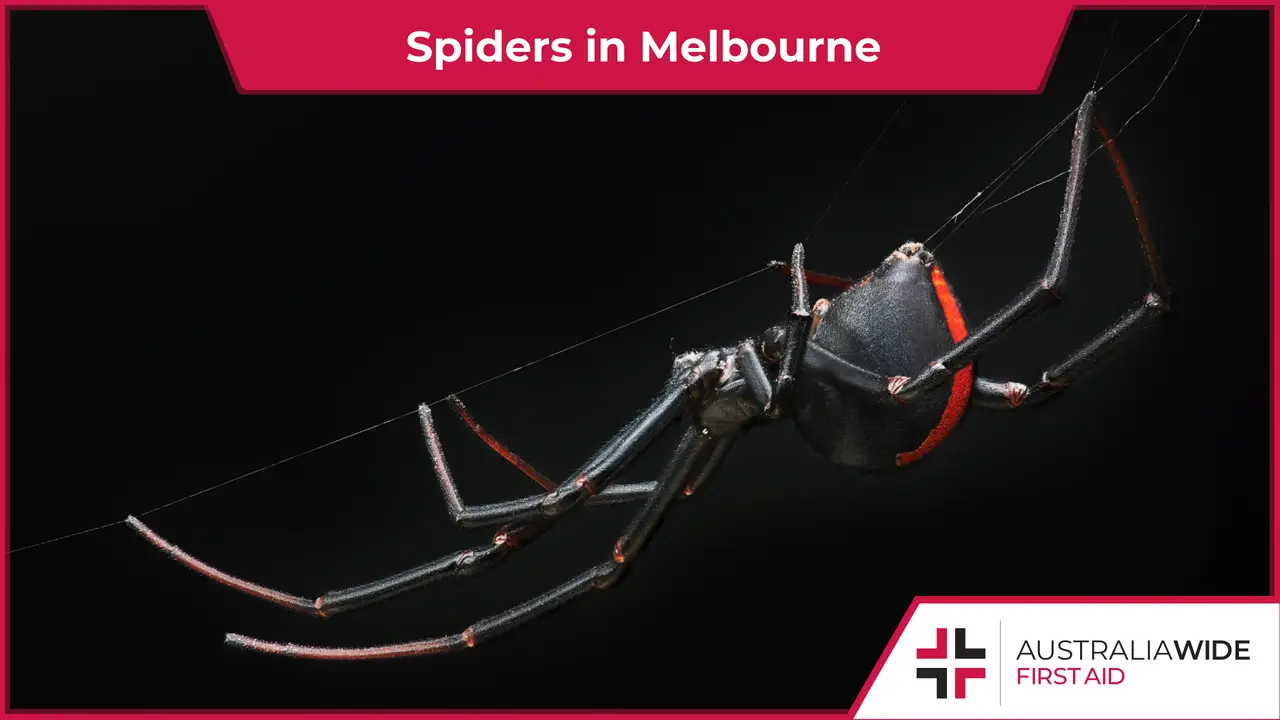

Melbourne homes are often inundated with several spider species during spring and summer.
The hot and humid conditions can lead to a spike in the populations of the insects they eat. Likewise, many spiders come out of hiding in search of a mate.
Most of the common spider species found in Melbourne are reluctant to bite and rarely cause significant injuries.
However, becoming familiar with their key characteristics can reduce your risk of envenomation and a potentially adverse reaction.
In this article, we cover the appearance, habitat, and danger level of six of the most common spider species found in and around Melbourne homes.
We also cover spider bites in our Melbourne first aid courses:
We have training locations in every state, capital city, and major town throughout Australia. Head to our website to find and enrol in a first aid course near you today.
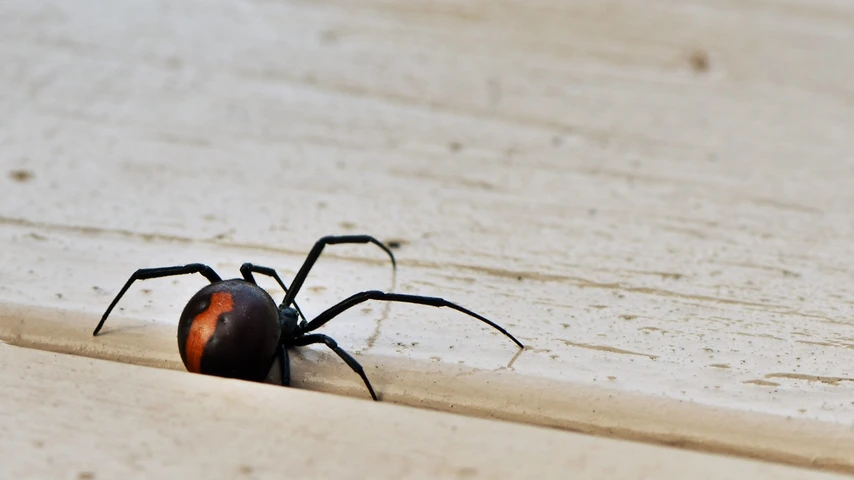
Redback spiders like to build their webs in sites where there is sufficient food supply and shelter, including:
Their webs comprise a messy, funnel like upper retreat area and sticky catching threads that attach to the ground vertically.
Only female Redbacks have large enough fangs to penetrate human skin.
And though they are more aggressive than their male counterparts, they generally only bite in defence.
Common early symptoms of a Redback spider bite include:
It is important to note, no deaths have been recorded from a Redback spider bite since the introduction of antivenom in 1956.
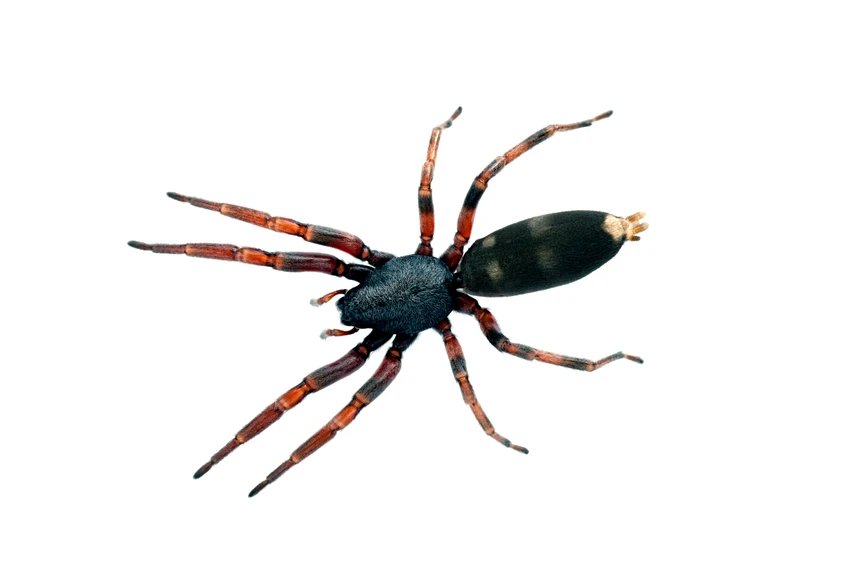
White tails tend to venture indoors when the weather gets warm.
White tails are not aggressive and typically only bite when they are startled.
And though their bites have long been associated with necrotic ulcers, they generally only result in mild symptoms similar to those of a bee sting, including:

Huntsman spiders have also been known to weasel into homes and cars in rainy or humid conditions.
Likewise, their bite typically only causes negligible symptoms like mild pain and swelling.
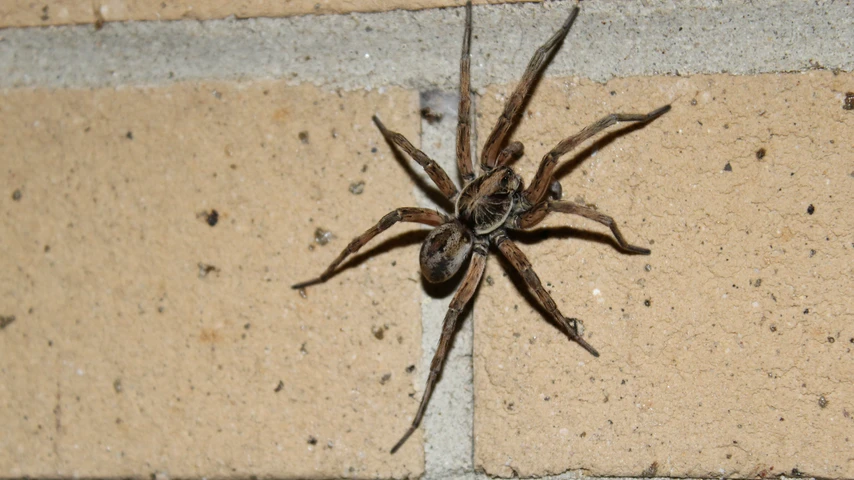
Wolf spiders are commonly found in suburban backyards, where they shelter in leaf litter or burrows made from:
Female Wolf spiders have been known to enter homes to protect their egg sac, which they carry on their abdomen, from cold conditions.
Wolf spiders are not considered dangerous to humans, as they prefer to run away from trouble and only bite when threatened.
Likewise, their bites generally only cause mild symptoms like localised pain or itching.
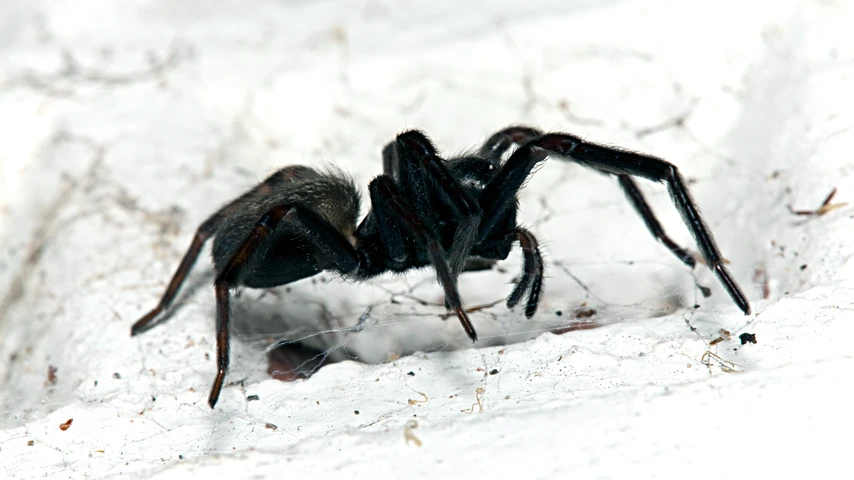
Black house spiders have been known to build their webs in:
Their lacy webs typically have funnel shaped entrances that are disguised with embedded particles of detritus.
A shy species, Black house spiders rarely leave their webs and bite infrequently.
In saying that, their bite can be painful and cause local swelling. Other, less common symptoms include:

Garden orb weavers generally suspend their large, wheel shaped webs between trees and shrubs.
Garden orb weavers are typically non aggressive and reluctant to bite.
Likewise, their venom has little impact on people and generally only causes mild local pain, swelling, and numbness.
We run certified First Aid courses throughout all major Australia citys. Find a location near you.
Bites from big black spiders like the Black house spider should be treated as a possible Funnel web spider bite. Apply the Pressure Immobilisation Technique and Call Triple Zero (000) for an ambulance.
Bites from other spiders, including the Redback spider, can be treated with a cold compress.
More information can be found in our spider identification and treatment article and chart.
It is important to remember, the best way to avoid spider bites is to avoid spiders. Practise spider control around your home by:
You may need to engage a pest controller in Melbourne if you have a large spider problem.
To learn more about preventing and treating spider bites, enrol in one of our Melbourne first aid courses:
We have training locations in every state, capital city, and major town throughout Australia. Head to our website to find and enrol in a first aid course near you today.
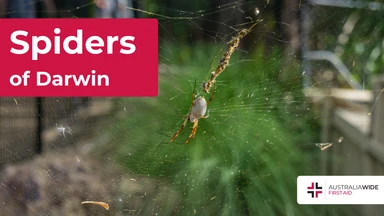
March 11, 2025
Darwin, the tropical capital of Australia’s Northern Territory, is home to a rich diversity of wildlife - including an impressive array of spiders. From the sprawling webs of golden orb-weavers to the cryptic camouflage of trapdoor spiders, these arachnids play a vital role in the local ecosystem. While some may inspire fear, the majority are harmless and even beneficial, helping to control insect populations.

September 4, 2024
Cat bites, while often underestimated, can lead to serious health complications if not treated promptly and properly. Cats' mouths harbour a variety of bacteria that can cause infections in humans.

April 1, 2024
Encounters with wildlife can often be thrilling, but when it comes to the creature known as the drop bear, the experience can quickly turn dangerous. A sharp increase in recent attacks prompts the need for understanding proper first aid procedures in case of an attack.